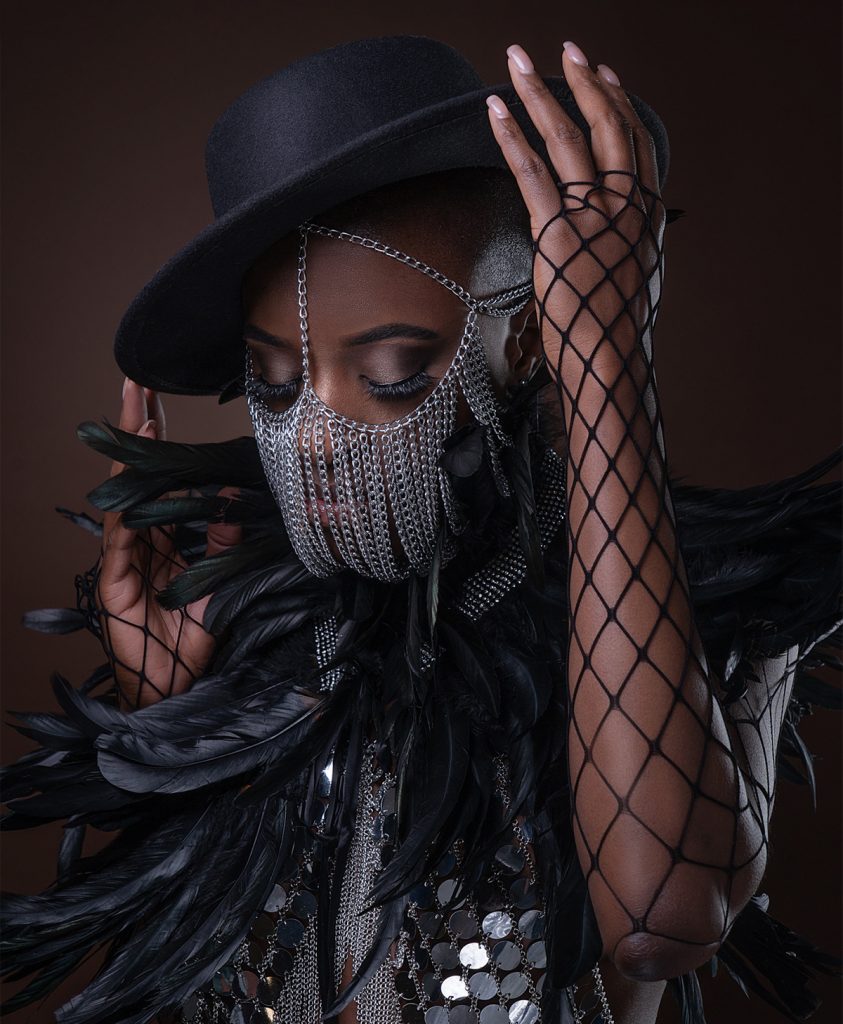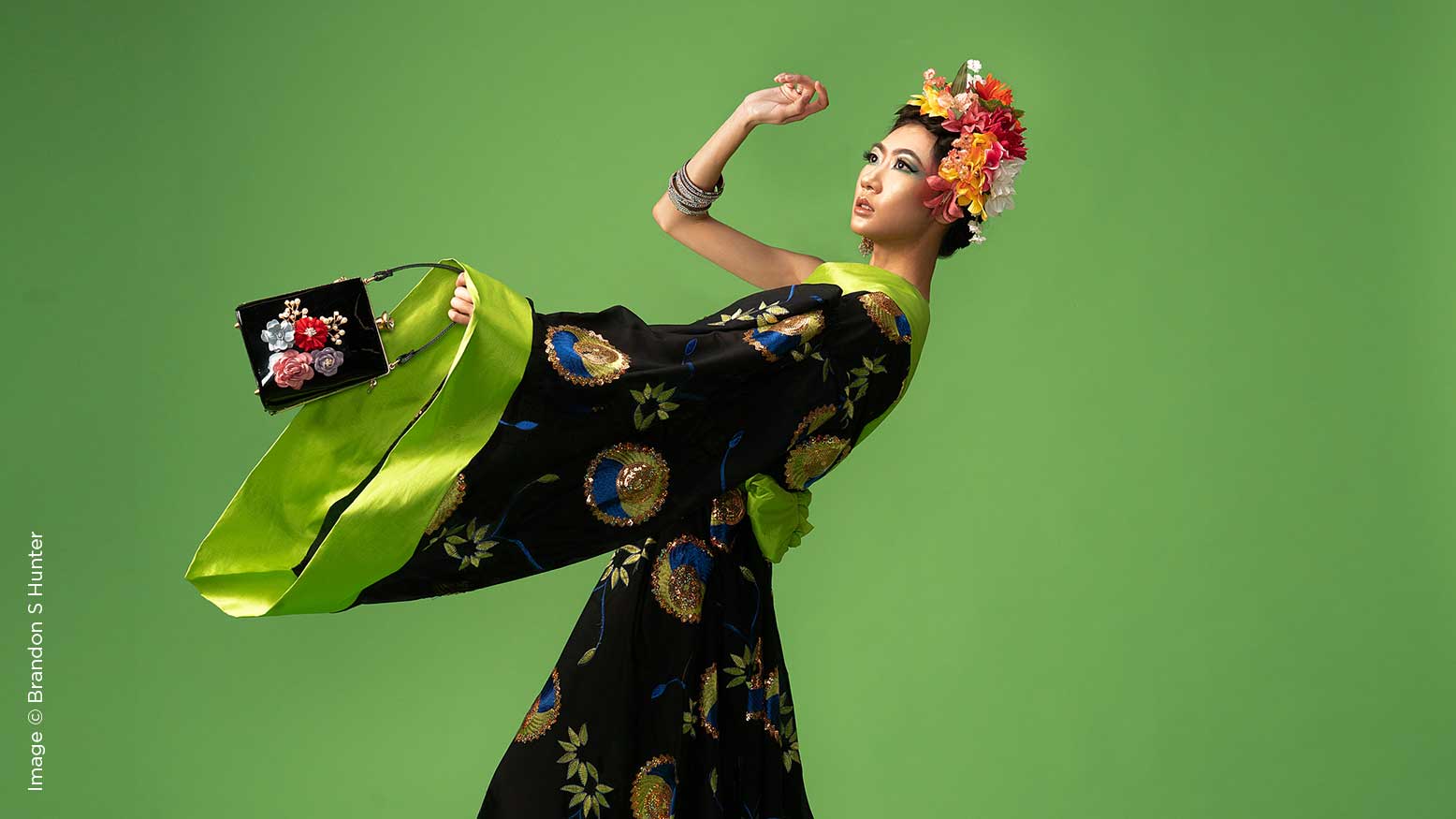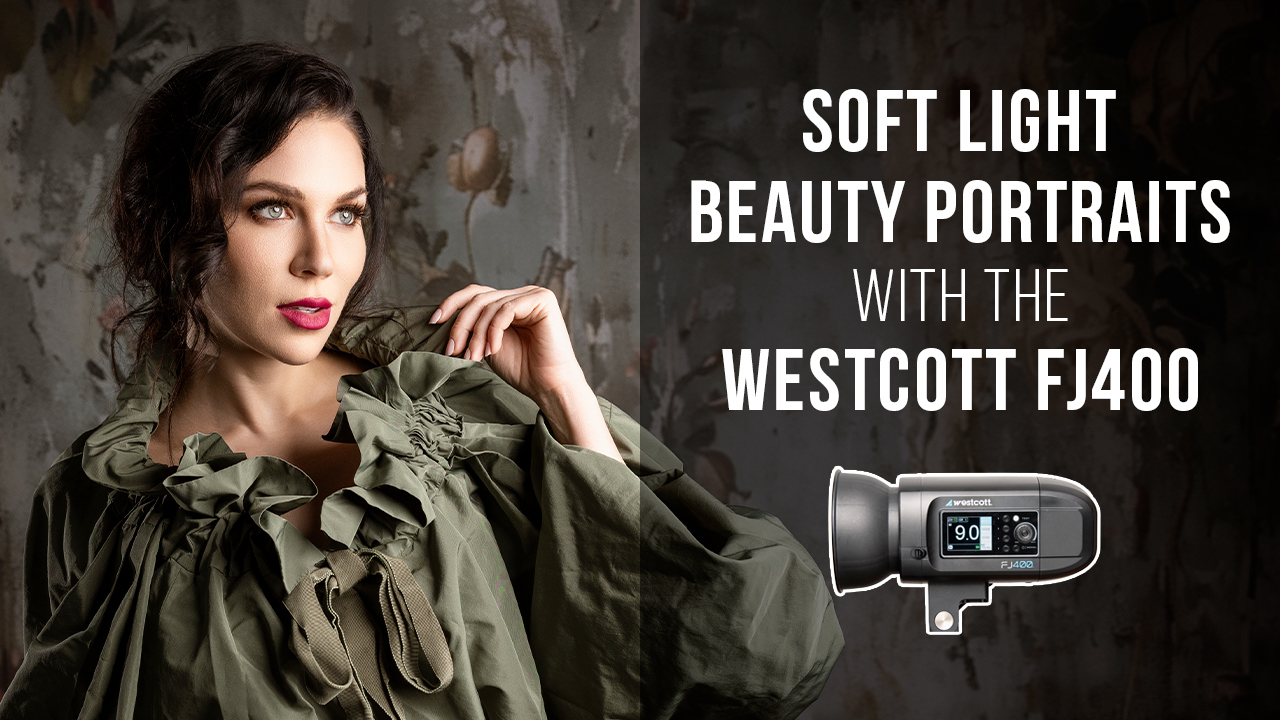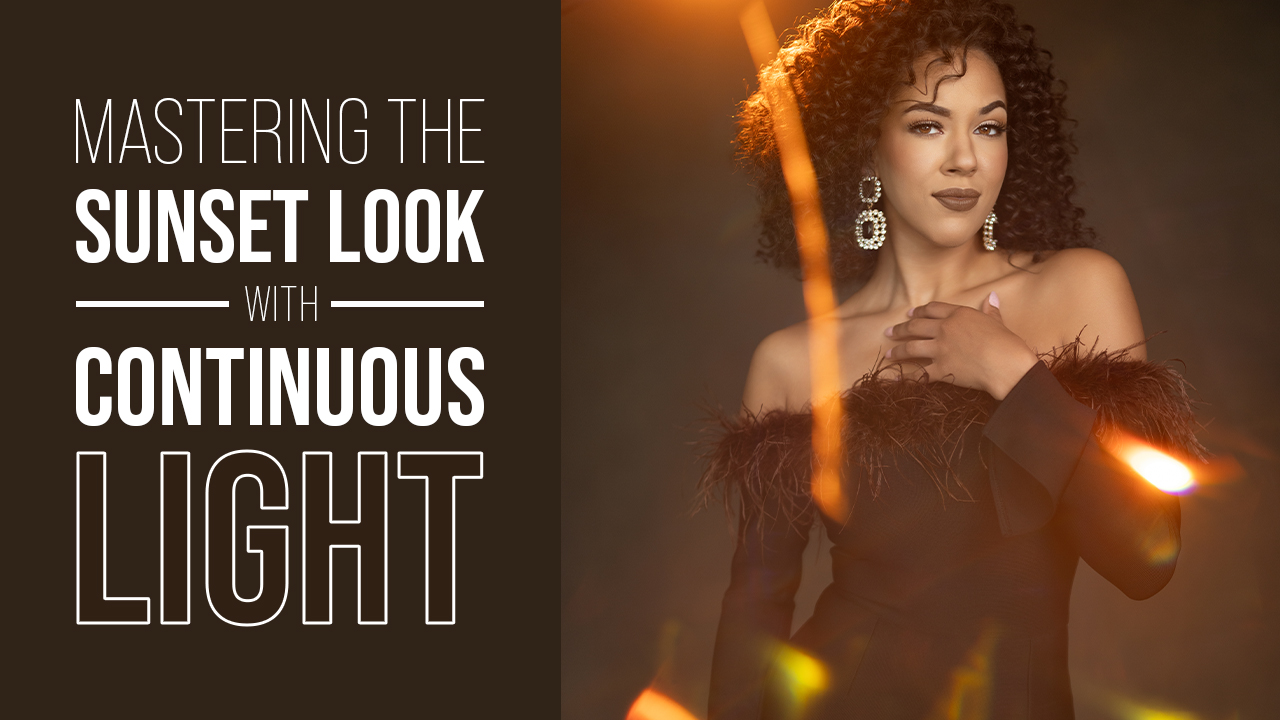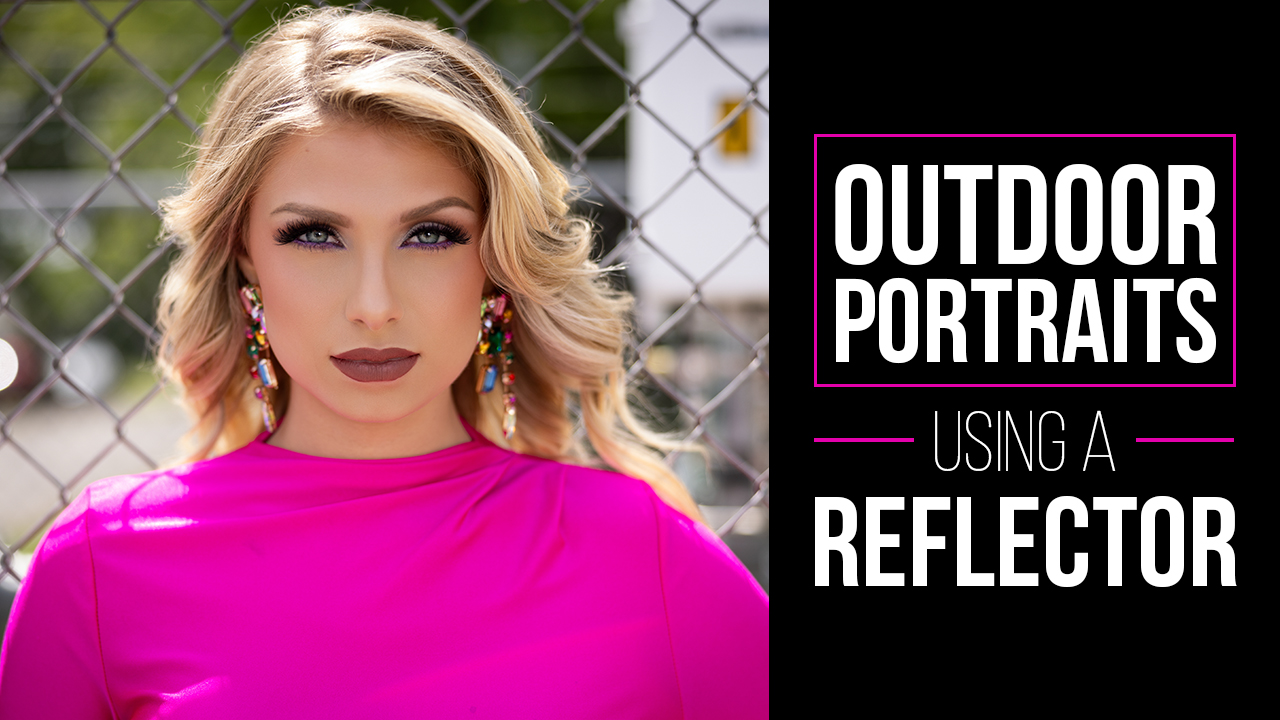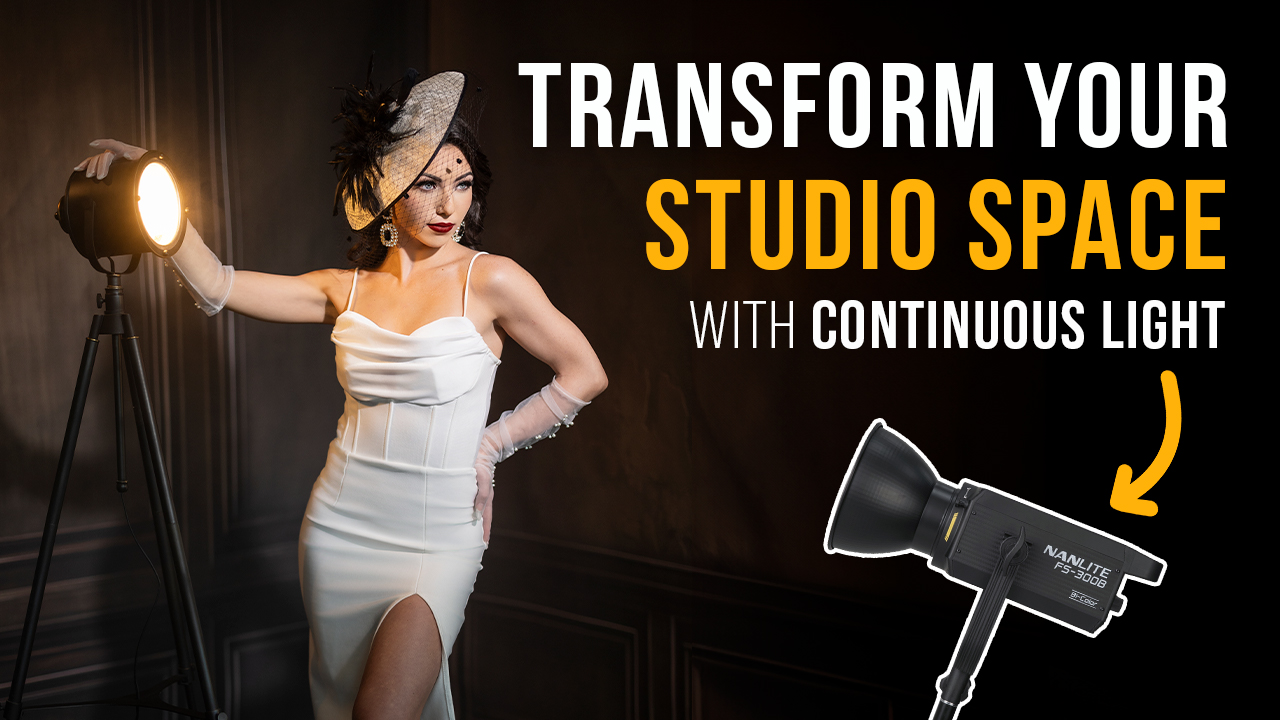How to Find Your Light with Brandon Hunter
As photographers, one of the things we gravitate to is light. Makes sense right? It is the foundation of an image. How you use is it is what starts to help you develop your identity as a photographer. This comes before being identified or labeled as a wedding, portrait, newborn, maternity or any other photographer titles we are given. Overall, we are all artists painting with light, while using the world as our canvas.
Like other artists we have many tools at our disposal—the camera and lens are like a painter’s brush. We use our surroundings as our canvas, whether it is the external landscape or the indoor studio or location, this is our base or background to create our art. Last is light, which is our paint. This is what brings it all together, making or breaking the final outcome.
The painter has his brush sizes, textures and bristle strength. (I’m not a painter, but hopefully you understand my meaning.) A writer has his pencil, ink, typewriter or computer. A photographer either uses natural, artificial or flash as their source. What comes into play is how we as photographers shape it or use its direction to create our art.
A natural light photographer may look at time of day, direction, shade, surrounding area or even a white shirt to dictate the light in their frame, whether they are outside on location or indoors. They need to evaluate their surroundings and how light is behaving to create their image. A flash photographer or strobist brings his own light, using the various tools available to help shape their desired outcome. For me, those tools range from a speedlight to a large strobe or monoblock, in many cases using more than one. Then, as photographers, how do we shape it? The natural light photographer may use a white shirt, the wall of a building, a reflector, bounce card or a scrim. The strobist will use a variation of softboxes, umbrellas, cone reflectors, octaboxes, v-flats, flags, grides, snoots, gels—just so many options
